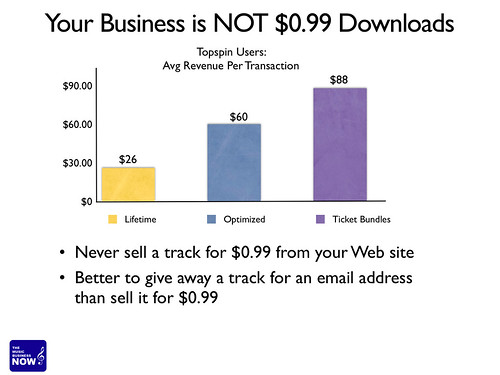Small Idaho City Shows The Benefits Of Open Access Broadband Networks
from the build-it-and-they-will-come dept
In 2009, the FCC funded a Harvard study that concluded (pdf) that open access broadband networks (letting multiple ISPs come in and compete over a central, core network) resulted in lower broadband prices and better service. Of course when the FCC released its flimsy, politically timid "National Broadband Plan" back in 2010, this realization (not to mention an honest accounting of the sector's limited competition) was nowhere to be found. Both parties ignored the data and instead doubled down on our existing national telecom policy plan: letting AT&T, Verizon, and Comcast do pretty much whatever they'd like.
Since then, "open access" has become somewhat of a dirty word in telecom, and even companies like Google Fiber -- which originally promised to adhere to the concept on its own network before quietly backpedaling -- are eager to pretend the idea doesn't exist.
The town of Ammon, Idaho showcases precisely why telecom giants are so worried. The town built a locally owned 30 mile fiber network, then invited ISPs to come in and compete under an open access model. Locals currently have four ISPs to chose from (with more presumably coming), and users can switch ISPs in a matter of seconds. This week, Ammon Mayor Sean Coletti took to Twitter to highlight the benefits of this competition, noting that one of the ISPs using the network was offering 15 Mbps broadband for as little as $1.88 a month:
Believe it or not--competition on Ammon Fiber's open access system has dropped the lowest priced internet service package to $1.88 a month (15 MB up and down).
— Mayor Sean Coletti (@AmmonMayor) June 4, 2019
Granted there's a catch here (isn't there always?). That $2 doesn't include a tax assessment of $10 to $15 (levied separately), plus a $16.50 utility fee intended to help pay off the bonds used to fund the project. Still, the service (especially faster speeds) winds up being dramatically cheaper than most local ISPs, especially telcos still charging an arm and a leg for sluggish DSL. It's also hard to quantify the value of user control. Unlike most markets (where users only have the choice of one ISP), Ammon residents can just quickly switch to a different ISP should their current one offer terrible customer service, or engage in privacy or net neutrality violations (both arguably symptoms of limited competition).
A video from a few years ago by the Institute for Local Self Reliance took a closer look at Ammon's network, and featured several ISPs that were happy to have access to cheaper fiber. They were also more than happy to compete because, as one small ISP executive put it, "it keeps us on top of the game so we can continue to provide a superior product and no one gets lackadaisical":
It shouldn't be particularly hard to see why natural monopolies like Comcast, who've been allowed to apathetically nickel and dime American consumers for years, are terrified of such proposals. It's largely because it raises the question: what if we treated broadband more like an essential utility? One where locally-owned and operated networks had a direct, financial interest in the contentment of the public? One where private ISPs partner with locals in layers of competition? That's not to say community broadband and open access are the solution for every market. But after decades of doubling down on bad ideas and worse outcomes in US telecom, it's an idea that's worth at least paying attention to.
Filed Under: ammon, broadband, competition, idaho, municipal broadband, open access, sean coletti, unbundling
Companies: ammon fiber


